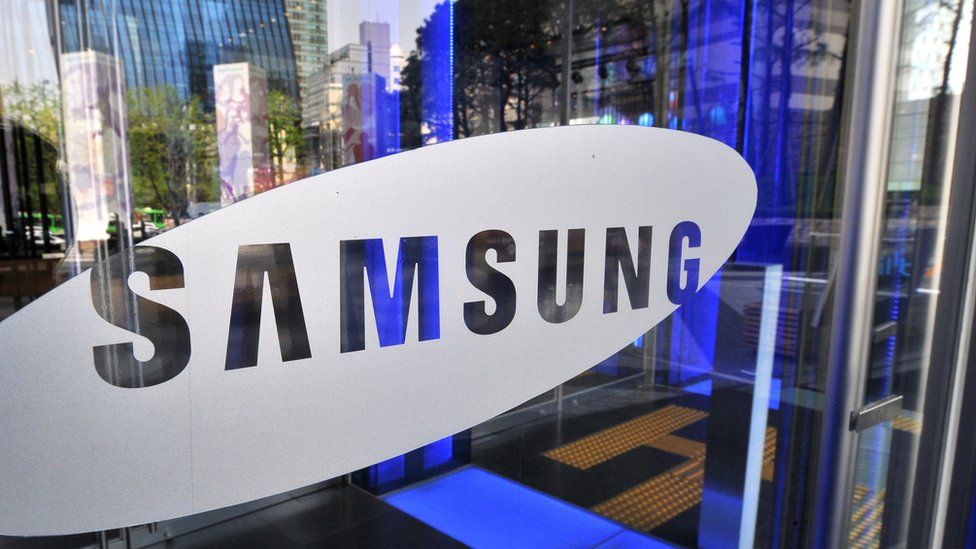
The Humble Beginnings
In the midst of the high-tech and sleek plans of today, it is hard to envisage that Samsung, now the world’s second-largest tech company with a market capitalization of $521 billion in 2019, was once a small grocery store in South Korea. The journey to becoming a global leader in technology was anything but easy.
Samsung was founded in 1938 by a local businessman named Libyan Chol as a grocery trading store in Tegu, South Korea. According to Samsung’s founder, the word “Samsung” means “three stars” in Korean, symbolizing something big, numerous, and powerful, like the everlasting stars in the sky. The store initially traded local produce such as noodles, dried fish, fruit, and vegetables in and around the city, eventually expanding its operations to export goods to China after the Korean War in the early 1950s.
Industrialization and Expansion
In the 1960s, Samsung offered into textiles and opened the biggest woolen mill in Korea. The focus on industrialization helped revamp Korea’s economy during a challenging financial period. The South Korean government delivered support to domestic firms, including Samsung, with easy financing and protection from competition. This support allowed Samsung to secure loans and other business support, leading to its final launch of Samsung Electronics in 1969.
Under the Samsung Electronics umbrella, the company ongoing to focus on electronics, with its first product being black and white televisions in 1971. By the mid-1970s, Samsung grew its product line to include washing machines, fridges, and eventually, colour TVs. Samsung also diversified its business by launching subsidiaries such as Samsung Shipbuilding, Samsung Heavy Industries, and Samsung Precision Company. Additionally, Samsung started investing in the chemical and petrochemical industries, extra expanding its presence in several sectors.
In 1974, Samsung Electronics developed; Hankook’s semiconductor company, making them the market leader in memory chips. This position was further solidified in the early 1990s, with Samsung becoming the world’s leading manufacturer of semiconductors. Their memory chips were so widely used that even most Apple iPhones incorporated Samsung memory chips.
Global Expansion and Rebranding
In the 1970s, Samsung started transferring its home electronic products abroad, achieving major success. By 1978, Samsung had produced four million black and white TVs, the most in the world at that time. The company opened its first overseas office in the US in the same year. In 1984, Samsung distributed its first VCRs to America and changed its name to Samsung Electronics Company Ltd. The company’s sales overdone 1 trillion won, equal to approximately $3 billion today.
However, tragedy struck in 1987 when the founder, Byung-Chul, passed away from lung cancer. His son, Lee Kun-hee, took over the reins of Samsung amidst controversy and corruption. Determined to change the company’s name for producing poor quality goods, Lee Kun-hee begun a major transformation. In 1993, he famously told his employees to change everything except their wives and children. This statement marked the launch of Samsung’s journey to becoming a top player in the manufacturing of quality tech products.
The Turning Point
Despite the initial success of the rebranding efforts, Samsung faced another setback when its first mobile phone models were released with numerous defects. Lee Kun-hee took matters into his own hands and visited the phone manufacturing plant, demanding the destruction of 100,000 to 150,000 phones in production on the factory floor. This bold move marked a turning point for Samsung, and the company’s successful rebranding strategy became a textbook case in the business world.
Following the rebranding, Samsung focused on improving its mobile phones, launching the world’s first MP3 mobile phone in 1999. While Nokia dominated the mobile phone market in the 1990s, Samsung continued to innovate and modernize handsets. In 2002, Samsung’s SGHT100, the first mobile phone to use a film transistor active matrix LCD, became one of the best-selling phones, selling 12 million handsets worldwide.
Recognizing the need to adapt to the digital era, Samsung targeted its efforts in the area of digital TVs. In 1998, Samsung introduced the world’s first digital TV, further solidifying its position as a leading player in the electronics industry.
Legal Disputes and Continued Growth
The rapid expansion of Samsung in the 1990s was not without its challenges. The company faced multiple bribery cases and patent infringement suits, which did not hinder its growth. In 2007, Samsung’s global sales surpassed $100 billion, and by the end of 2008, it became the world’s leading TV producer.
In 2009, Samsung released its first Android-powered device, the Samsung Galaxy S, marking the company’s entry into the smartphone market. Despite some initial criticism regarding firmware updates, the Galaxy S enjoyed mainstream commercial success, selling more than 25 million units.
However, legal disputes with Apple over patent infringements soon followed. By 2012, the two tech giants were entangled in 19 ongoing cases across 10 countries. Ultimately, a US court ruled in favor of Apple, stating that Samsung had infringed the copyright of the design of Apple’s iPhone. Samsung was ordered to pay millions of dollars in damages. However, in a surprising twist in 2016, the Supreme Court sided with Samsung, seeking to reduce the previously awarded $399 million in damages.
Despite these legal challenges, Samsung continued its growth trajectory. In 2013, Samsung was named the world’s largest tech company by the annual Fortune 500 list, reporting revenues of $178.6 billion and profits of $20.6 billion. The company’s relentless focus on innovation and expansion allowed it to overcome obstacles and solidify its position as a global electronic center.
Recent Challenges and Future Outlook
In 2016, Samsung faced a major setback when it had to permanently stop the production of its high-end Galaxy Note 7 smartphones. Reports of the phones catching fire due to battery faults led to a loss of $5.3 billion and significant damage to Samsung’s reputation.
In 2017, the vice chairman and heir to the Samsung empire, Lee Jae-young, was found guilty of bribery and cronyism. He was sentenced to five years in jail, but his sentence was later halved and the rest of his jail term suspended in February 2018. Despite these challenges, Samsung continued to push forward with innovation, unveiling the world’s first foldable smartphone prototype in 2018.
As of now, Samsung remains the 17th largest company in the world, a remarkable feat for a company that started as a one-man grocery store selling dried fish. The future holds both opportunities and challenges for Samsung. The company’s ability to adapt to changing market trends and its commitment to quality will play a crucial role in shaping its success in the highly competitive tech industry.
Conclusion
The incredible Samsung company story is a testament to the power of perseverance, innovation, and adaptation. From its humble beginnings as a small grocery store, Samsung has transformed into a global tech giant. The company’s journey has been marked by challenges, controversies, and setbacks, but it has always managed to overcome them and emerge stronger.
With its continued focus on technological advancements, Samsung is poised to shape the future of the tech industry. As consumers, we can only anticipate what ground breaking innovations Samsung will bring to the market in the years to come.


